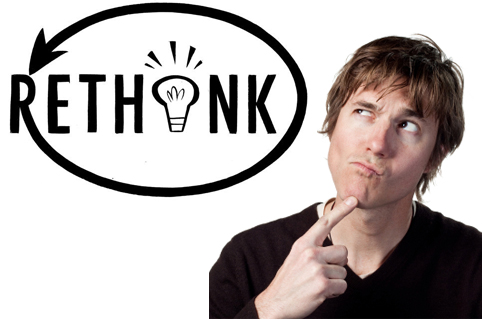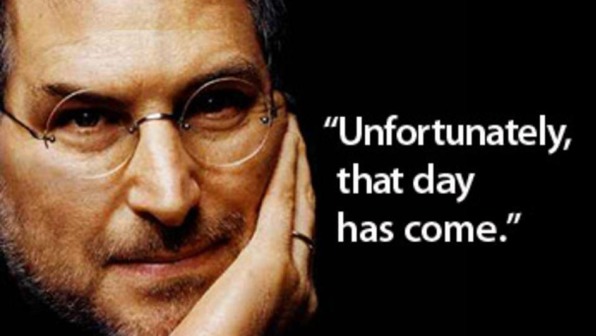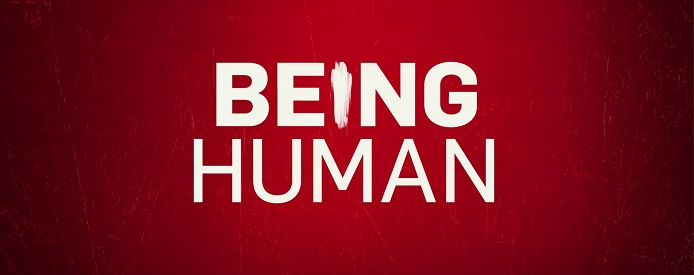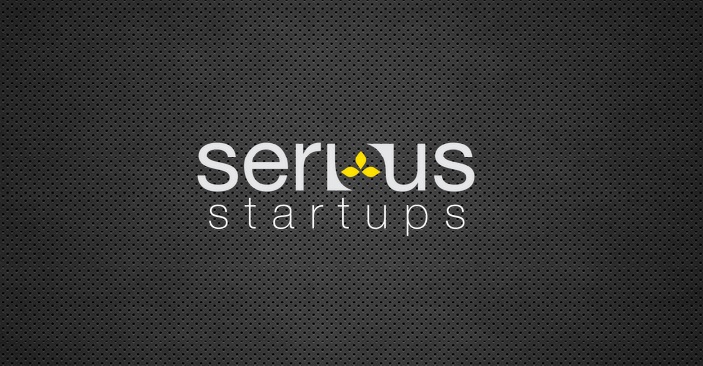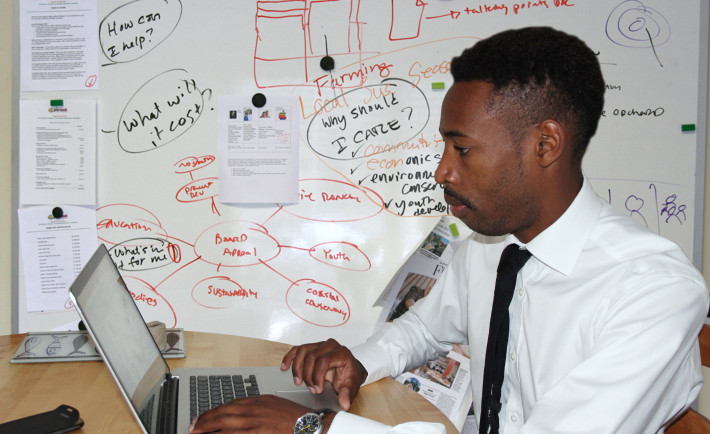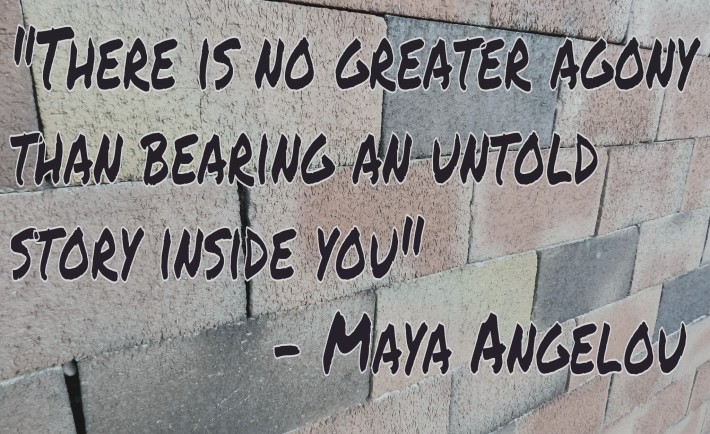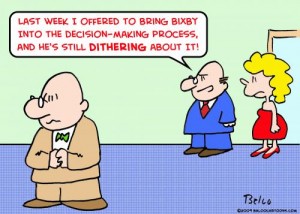Ever feel like you have the pedal to the floor, but the wheels are just spinning?
As an entrepreneur that is a very common feeling as our minds race and the roadway to accomplish our goals is so clear…and yet so far away.
Is there a time to plan? Yes. Is there a time to be patient? Yes.
I talked about this is in “The Harsh Reality of Launching A Startup” and “Do Good Things Come To Those Who Wait.” It’s very important to not push too far too fast, but it’s just as important to identify when the time for planning and patience is over. Go full bore and let the chips fall where they may.
Fortune Favors The Bold
In business, war, politics or love, there is always a time to take action.
As an entrepreneur, whether it’s your first go or 10th, take the time to get idea validation from potential customers and people of merit, put together your plan, then go for it.
Angel investor Pradeep Jaisingh wrote a great article “When An Investor Says “NO” To Your Pitch” which is all about how to respond to the negatives around you as an entrepreneur and to never give up. No one is right 100% of the time, and that goes for investors as well.
There will always be those around you who want to go slow and not take too big a risk, but in truth, every day in business has risk. Each day you hold back pushes the day you reach the mountain summit back. Each day that goes by is one less day we have on this earth.
When Opportunity Knocks…Answer The Door
So often people with great ideas miss opportunities to make a difference. Fast forward 5 years, and they get to hear about how Person X just sold the company or are in another phase of expansion.
We live in a world of simultaneous discovery. This is reality, and we can either accept it or live to regret it. When the stars seem to be aligned in your favor, stop looking for why you should play it safe and just go for it.
Everything is business is a leap of faith, but you must remember that none of us know what tomorrow will bring. As employees or entrepreneurs, nothing is guaranteed.
Go Ring The Bell
You’ve made a plan. Validated the idea. Prepared for the unknown. It’s time to take the leap of faith into entrepreneurship.
Get out there and join all those who have come before you. They’ve all experienced the same burdens and fears, stresses and failures before finally getting to ring the bell when their dreams came to life.
We live in a world of opportunity. So Entrepreneurs: Ready, Set, GO!



